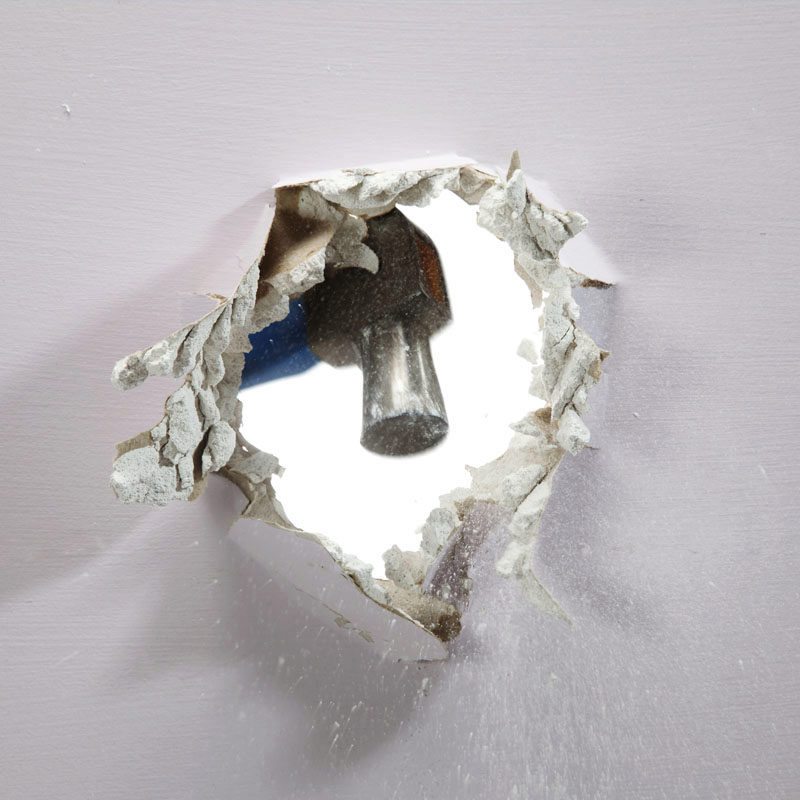
Things To Consider Before Tearing Down an Interior Wall
 There are several reasons why homeowners choose to tear down walls inside their home, one of which is to open up two small rooms. If two small rooms are being separated by a wall, tearing it down will result in a larger, more spacious area. Some homeowners also tear down interior walls to change the shape of a room. Before jumping into a project such as this, however, there are a few things you should know.
There are several reasons why homeowners choose to tear down walls inside their home, one of which is to open up two small rooms. If two small rooms are being separated by a wall, tearing it down will result in a larger, more spacious area. Some homeowners also tear down interior walls to change the shape of a room. Before jumping into a project such as this, however, there are a few things you should know.
Is There Plumbing Behind The Wall?
Tearing down a wall without checking to see if there’s active plumbing behind it can result in disastrous consequences. Once the sledgehammer hits an active pipe, it can send water flooding throughout your home. Not only is this a chore to clean up, but stagnant water will inevitably lead to mold and mildew. The bottom line is that homeowners need to check to see whether or not there’s active plumbing behind the wall before tearing it down.
Is The Wall Load Bearing?
Of course, homeowners should also check their home’s blueprints to determine if the wall is load bearing. If the wall is in fact ‘load bearing,’ then you’ll need to first build a supporting wall to hold the weight. Consult with a professional architect for a more detailed and accurate plan for constructing a new load bearing wall. Tearing down a load bearing wall without first constructing a new one will leave your home structurally unsound, which is dangerous and against code for anyone inside.
What Type of Electrical Is Present?
Along with the plumbing work, homeowners should also check the electrical wiring of their home to determine what, if any, runs behind the wall. The blueprints of your home should contain this information. In you can’t find them, however, you should contact the original builder to request a copy. Most professional home builders keep backup blueprints of their past work just in case. They may charge you a small fee for a copy, but it’s well worth the price knowing exactly where the electrical wires run.
What Are The Risks of Lead Paint Exposure?
According to the Environmental Protection Agency (EPA), homes built before 1978 are at risk for containing lead paint. Once you begin to tear down walls these walls, the toxic lead paint dust is stirred up by traveling into the air. Contact a professional contractor who’s skilled in lead paint removal if your home was built before 1978.



